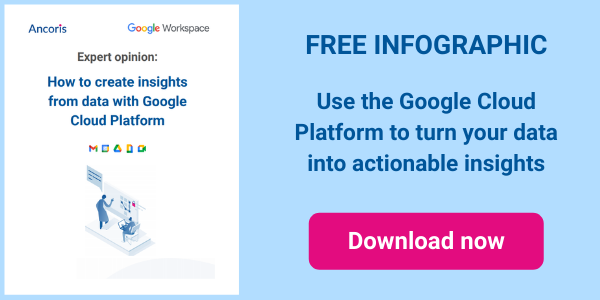Today’s post is from Patrick Locke, product owner for data and analytics at Causeway Technologies. Causeway provides cloud solutions to the construction industry, covering every stage of activity, from infrastructure design to cost planning, bidding and tendering, through to build, trade, and property maintenance. The Causeway platform gives companies, local authorities, and large government infrastructure projects improved visibility and better control of every project, allowing them to be more effective and more profitable.
At Causeway Technologies, we collect large volumes of data every day, both about our own operations and for the clients who use our SaaS systems to run the projects they manage. Both we and our customers want to do more with that data to develop insights and drive business decisions. Being able to enhance and expand the analytics and business intelligence solutions with a high performing scalable solution was key.
It was clear we needed to overhaul our tech stack to create a robust foundation for new analytics applications. When I joined the company to spearhead this data strategy, one of the initial objectives I was given was to deliver a solution that would both meet an immediate business need and provide a proof of concept for our long-term data strategy.
With the disruption caused by Covid, we quickly identified a suitable large internal dataset on how our clients interact with our various SaaS solutions. This was the ideal project for building a proof of concept around our longer-term data strategy. The existing solution, leveraging a SQL Server database exposed through an in-house UI was not delivering with the speed and agility required to support the company’s exponential business growth. The increasing demands for client engagement data was high; the performance of this system needed improvement to ensure better adoption within the business.
When I researched possible data analytics platforms, Google’s solutions were often mentioned favorably and seemed to offer an interesting value proposition in terms of the range and depth of business needs they could handle. We were already talking to Ancoris about moving the on-premise systems that run our SaaS applications to Google Cloud, so it was a logical step to evaluate Google BigQuery first.
Working with Ancoris, we’ve been able to:
- create a single trusted source of cleansed and transformed data, held in BigQuery, that updates frequently and can be quickly, easily and independently queried by users.
- develop interactive dashboards in Google Data Studio that draw on the same dataset to put information at the fingertips of multiple user groups.
- Product managers can now see metrics on how clients interact with specific products and features; these insights help drive product development.
- Customer-facing teams can look at how individual customers are interacting with products, identifying how to help them get more from their existing investments and opportunities to cross-sell other solutions.
- deploy a scalable development pattern that can be applied to other data sets and user groups, that both decreases development times and provides greater visibility into the journey the data takes from source to being consumed by the end user
- deploy a technical platform that can seamlessly scale to handle all our data analytics needs.
The whole project took just a few weeks and Ancoris really helped us optimise the time that we had, so we could focus on deliverables rather than the learning curve. That included supporting us as we put together the project plan to get sign off on our budget and holding daily calls with us to work through how to best leverage the tools and overcome any obstacles we faced. Google has a lot of great documentation, but there’s no substitute for that human touch and being steered in the right direction by people who really understand the technology, what’s possible and how best to implement it.
Our next step is to work with Ancoris on a project involving client data, which will also give us a chance to evaluate Google’s machine learning tools. All of this will help us showcase the data already in our systems to provide clients with the additional insights they need to more effectively run their business operations and the projects they’re managing.

